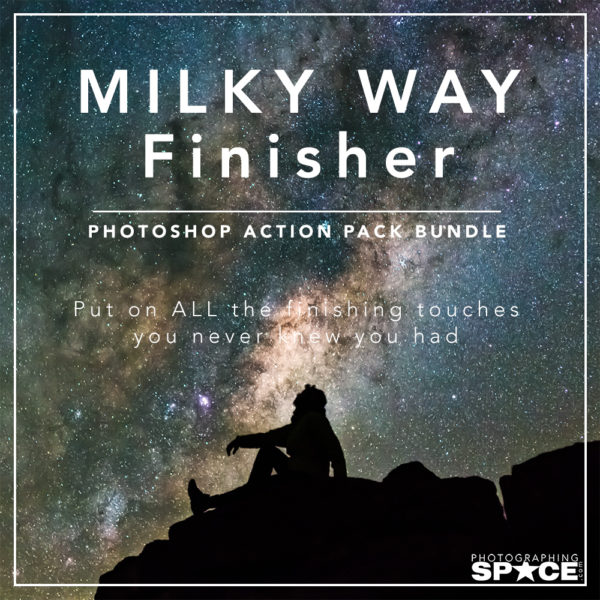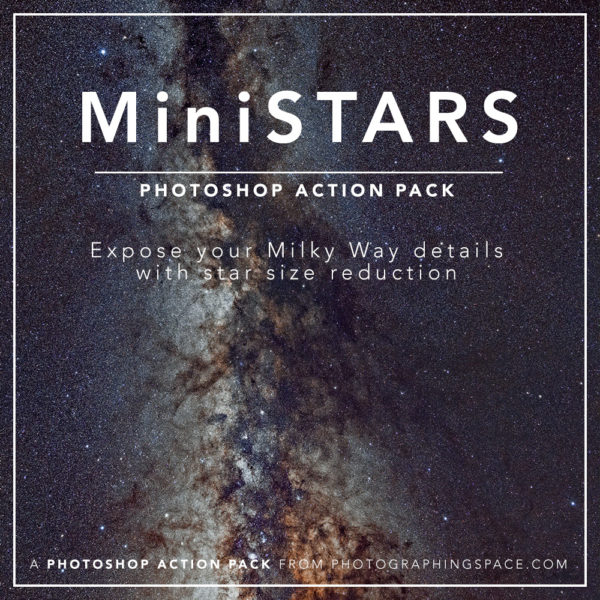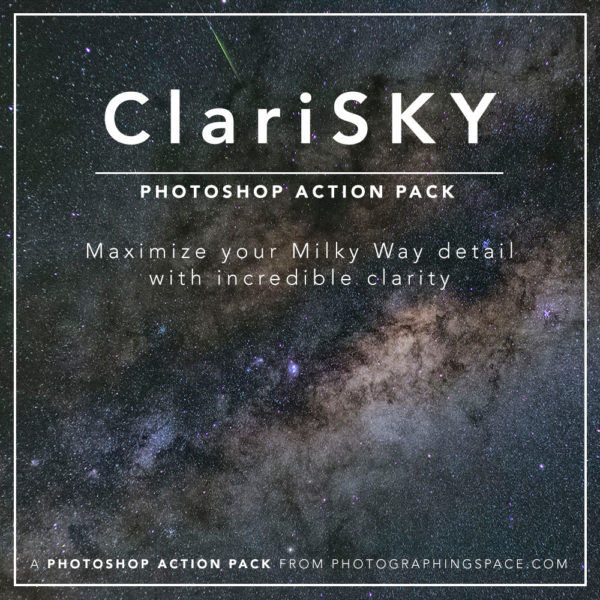If you’re having issues finding perfect focus…this might be why.
I’ve been gearing up for this year’s major planetary oppositions, where Jupiter, Saturn, and Mars are the largest apparent size in our sky, so the time of year when they are prime astrophotography targets. Doing this has spurred me on to get out our longest focal length telescope (a GSO 12″ F/8 Ritchey Chretien) and do some testing. At first, I was severely disappointed; focus issues made the the first couple of nights out a nearly soul-destroying experience, but I kept at it. And, I fixed it. Here’s how.
Why you should worry about collimation
Is your telescope not performing? Keep reading. Want a quick and dirty way to check and tune your telescope’s collimation? Keep reading. Do you only have a refractor telescope? You can keep reading for fun, but there’s not much you can do about collimation. Don’t blame me for that…
Not sure what I’m talking about? Keep. Reading.


NOTE: This quick tutorial is geared toward telescopes with mirrored optics, specifically those with a secondary mirror that allows for adjustment. Like a Newtonian, Ritchey Chretien, SCT, etc. While all optical instruments need collimation, refractors are typically not able to be adjusted outside the factory. This is NOT a full collimation tutorial, because you may also need to adjust the primary mirror, if things are really bad, but I’m not covering that here.
What is collimation?
Without getting into the crazy but cool scientifical physics and math of it, collimation is, simply put, the physical alignment of your telescope’s optics. If your telescope is not properly collimated, it will be impossible to properly focus, no matter the sky conditions. Period. That’s all folks.
How do you check collimation?

There are a few different collimation tools available. Lasers, cheshire eyepieces, etc. I’ve used two different laser collimators, I’ve done some modifications using paper and special caps, and even used my eyes to try and get it right. It’s difficult, it can take a LONG time until you get the hang of it. While the tools will usually get you pretty close, and sometimes, if you’re lucky and good, nearly dead-on, that’s usually where it ends.
So, I don’t want to talk about those other tools right now. I want to talk about using the actual things we are trying to photograph, in the real conditions, in the field (or your backyard): a star.
The best way to check collimation is with a star, either real or artificial

Stars are the best way to really check your telescope’s collimation, because, well…that’s what we need to have in perfect focus for those perfect photos. Or even half-decent photos. No focus, no photo, big problem.
To check the collimation of your telescope using a star, either a real one or an artificial one, like this. Often, an artificial star is easier to use because it doesn’t suffer from atmospheric effects seen in the example images. However, it usually isn’t handy to use an artificial star in the field.
Then, follow these simple steps:
- Pick a bright star, any star.
This is Sirius. Bright stars like this work great. - Point your telescope at the star.
Center the star in the field of view, bring it into focus, and zoom in with your camera’s display as far as you can. - Slowly defocus the star until you start to see a diffraction pattern of concentric circles (see below).
It’s best to rack the focuser INWARD when you do this, because we don’t want focuser slop to play a role. The diffraction pattern may or may not be nicely concentric, and that is the point, we will try to get there. - Analyze the diffraction pattern.
If the circles around the dark center are not perfectly concentric, you need to collimate!


Let’s try to fix this
Houston, we’ve got a problem. Your collimation is out, that’s probably why you can’t focus. Try this quick and dirty method of adjusting the secondary mirror, which is always done first anyway. Note, this is NOT a full tutorial to fully collimate your telescope, because methods of collimation vary by the type of scope you have. However, this will give you an idea of how to get some quick results in the field if you are really annoyed with your focus.

A quick and dirty way to try and fix collimation, by adjusting the secondary mirror
Mirrored optical telescopes like the Newtonian, SCT, RC, etc., will have a secondary mirror mounted on the business-end of the telescope tube (the front), held in place by either a “spider”, a glass pane, or some other method. On this, there will be adjustment screws, usually three of them, evenly spaced. Find those, carefully.
WARNING: DO NOT TOUCH the secondary mirror or any glass surface, and be careful to NOT DROP TOOLS into the telescope tube. Damaging either mirror is a risk and extreme care should be taken!

Let’s do it: adjust the collimation of the secondary mirror
The theory behind this is simple: those three screws will allow for a push/pull effect on the secondary mirror, allowing you to aim the light properly as it is reflected from the secondary mirror onto the camera sensor. Tightening (pulling) or loosening (pushing) will move the secondary mirror on the side where the screw is, which allows you to push or pull the circles in the diffraction pattern from that particular direction.
PROTIP: products like Bob’s Knobs can make these adjustments FAR easier!
- Make sure you have a good view of your diffraction pattern (a live view on a camera screen or connected computer/device is the best).
- Pick one of the three secondary adjustment screws, and SLIGHTLY adjust it. When I say slightly, I mean tighten or loosen it a very small amount, a tiny fraction of a turn. Take note of which screw you adjusted and which direction you turned it!
- Check the diffraction pattern. Did it get worse, or better? If it got worse, move the screw back to where it was by either turning it back in the opposite direction. If it got better, then turn the screw some more if need be.
You will notice that the circles in the pattern will move a certain direction when a specific screw is loosened or tightened. The more you do it, the more it makes sense. Just remember the “push/pull” effect the collimation screws have on the mirror. If the diffraction pattern needs to move from a different side than what you adjusted, pick a different screw to adjust, and see which way the circles move. It take a bit to get the hang of it, but if you do it right, it’ll work!
Repeat the steps above for until you are able to move the diffraction pattern in a predicted way and you are able to get the circles as concentric as possible. You want even gaps all the way around, as perfect as you can get.
Note: If one of the adjustment screws starts to feel tighter than you think it should, rather loosen the screws on the opposite side instead.
Important things to remember!
- NEVER touch any glass surface or mirror.
- TAKE GREAT CARE to not drop tools onto or into your telescope tube.
- Take it slow and steady, and note that the star will move when you adjust the mirror, so if you bump the telescope a lot it will need to be re-centered. It’s often handy to keep your mount controls nearby.
- Note that on some telescopes, if you point it at an opposite part of the sky, the weight of its own components may throw the collimation out again! This can be frustrating.
- This tutorial is NOT a full-scale collimation tutorial. Full collimation includes adjusting the primary mirror as well. That’s for another day…
Want to read deeper into collimation? Check out Thierry Legault’s excellent in-depth tutorial on his site.









[…] if you make the binoculars wider or narrower to fit another person’s eyes. One of the most difficult collimation issues to detect is involuntarily, but it is more easily detected at night. When you see two images with […]
[…] process of collimating a reflector telescope involves precisely aligning the mirrors in the telescope using […]
[…] methods can be used to determine whether or not your binoculars are out of alignment. In general, collimation issues can be identified more easily at night by looking in the naked eye, but some can also be identified […]
[…] a few different ways to determine whether or not you can see your binoculars in collimation. Some collimation issues may not be visible with the naked eye, but they may be visible at night. Collimation problems may […]